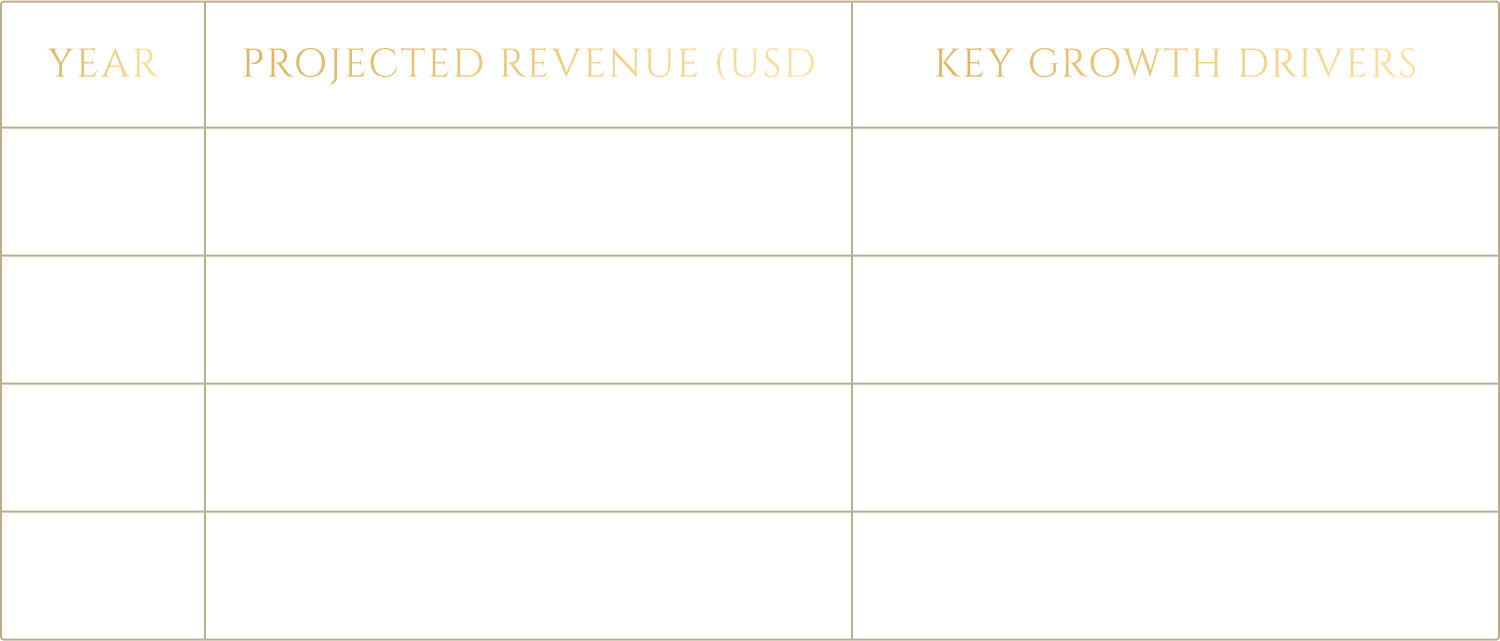The EU AI Act Protects Legality. It Does Not Protect Luxury

The EU AI Act is the world’s first comprehensive AI regulation. Every brand operating in Europe must validate its AI systems before deployment. For luxury, this creates both opportunity and risk. The opportunity to lead in responsible AI adoption. The risk of focusing only on compliance while ignoring brand protection.
Here is the critical distinction: compliance ensures legality. Certification protects brand equity. Passing a regulatory test may satisfy the law. It does not guarantee the preservation of voice, exclusivity, or heritage.
This is why we created The AI Luxe Factor™, the world’s first evaluation and certification system built exclusively for luxury brands. Regulators measure transparency, fairness, and accountability. We measure what luxury actually demands: heritage voice precision, exclusivity maintenance, and cultural sophistication.
132 evaluations across ten categories confirm the reality. Compliance and certification are separate standards. Both are required for safe AI adoption in luxury.
The Compliance vs. Luxury Standards Gap
The EU AI Act enforces important principles. AI systems must be transparent in their decision-making, fair in their treatment of users, and accountable for their outputs. These rules matter. They address legality. They do not address luxury.
No regulator will test whether AI can preserve a maison’s brand voice across decades of heritage. Compliance does not measure cultural nuance in storytelling or the personalization sophistication ultra high net worth clients expect.
Our evaluations prove the gap.
- ChatGPT may pass regulatory transparency tests but scored 600–630 in Copy Generation, 270 points below certification.
- Zendesk AI could satisfy fairness requirements while scoring 650 in Experience & Concierge, still 250 points short of safe adoption.
- Leonardo.ai might meet accountability standards yet scored 750 in Image Generation, our highest result, but still 150 points from certification.
The pattern is clear. Regulatory compliance and luxury readiness are not the same. They require separate evaluation.
Three Steps to Prepare for Compliance and Certification
Step One: Map Your Risk Zones
Before addressing compliance, luxury brands must know where current AI use creates brand equity risk.
Our methodology scores AI tools across ten categories on a 1000-point scale. The results define three risk zones:
- High Risk (0–499): 40 percent of tools fall here. They dilute exclusivity, lack cultural sophistication, or require heavy rewriting.
- Moderate Risk (500–699): About one third score here. Outputs may function but slowly erode brand identity over time.
- Lower Risk (700+): Only four evaluations reached this level. None crossed the 900-point certification threshold. Even these require oversight.
The Copy Generation category illustrates this clearly: Jasper AI scored 480 for Established brands, Copy.ai 420–480, ChatGPT 600–630, and Writerly 470–520. Every tool carried risk.
Mapping every AI tool in a brand’s technology stack against these ranges is the foundation for both compliance and protection.
Step Two: Separate Compliance from Certification
Compliance addresses transparency, fairness, data governance, and human oversight. Certification evaluates voice precision, heritage preservation, exclusivity reinforcement, cultural sophistication, and UHNW personalization.
A system can meet regulatory approval while producing copy that feels mass market. Conversely, a tool might show luxury intelligence yet lack proper documentation.
Both are required. Compliance for legality. Certification for luxury.
Step Three: Implement Systematic Evaluation Before Adoption
With 97.5 percent of evaluated tools failing to meet luxury standards, adopting AI without assessment introduces unnecessary risk.
The Luxe Factor evaluation process provides the framework brands need. We measure category performance, apply the correct framework for Emerging or Established brands, test against luxury-specific parameters, and translate results into risk scores.
A tool scoring 750 may look strong until you realize it is still 150 points from safe luxury adoption. Evaluation transforms complexity into clarity.
Building Internal AI Literacy
Preparation requires more than compliance checklists. Luxury brands need internal capability.
Executives must understand how to evaluate AI proposals beyond legality. Cross-functional teams need luxury-specific criteria for marketing, legal, and customer experience. Vendor management must expand beyond standard procurement. Continuous monitoring is required as both regulations and tools evolve.
Compliance is not one-time approval. Certification is not either. Both demand ongoing oversight.
The Strategic Advantage of Early Preparation
Brands that prepare for both compliance and luxury standards gain clear advantages. They prevent brand equity damage. They demonstrate leadership in responsible AI adoption. They understand true AI capability and move with confidence while competitors hesitate.
Risk mitigation, regulatory credibility, and operational clarity all flow from systematic evaluation. The brands that prepare early will lead.
Working with The AI Luxe Factor™
Certification provides the missing piece in AI preparation: evaluations designed for luxury.
Through our Alliance, brands gain access to category evaluations across all relevant tools, guidance for EU AI Act alignment, and implementation roadmaps that balance compliance with brand protection. Continuous monitoring ensures tools maintain standards as they evolve.
We work with both individual brands and global groups to build AI adoption strategies that satisfy regulation while protecting irreplaceable equity.
The Takeaway
Certification begins at 900 points out of 1000. This is the intelligence infrastructure luxury brands will rely on to adopt AI safely. Explore our methodology & AI evaluations to see how leaders are preparing to protect what makes them irreplaceable.
Market Outlook Table









